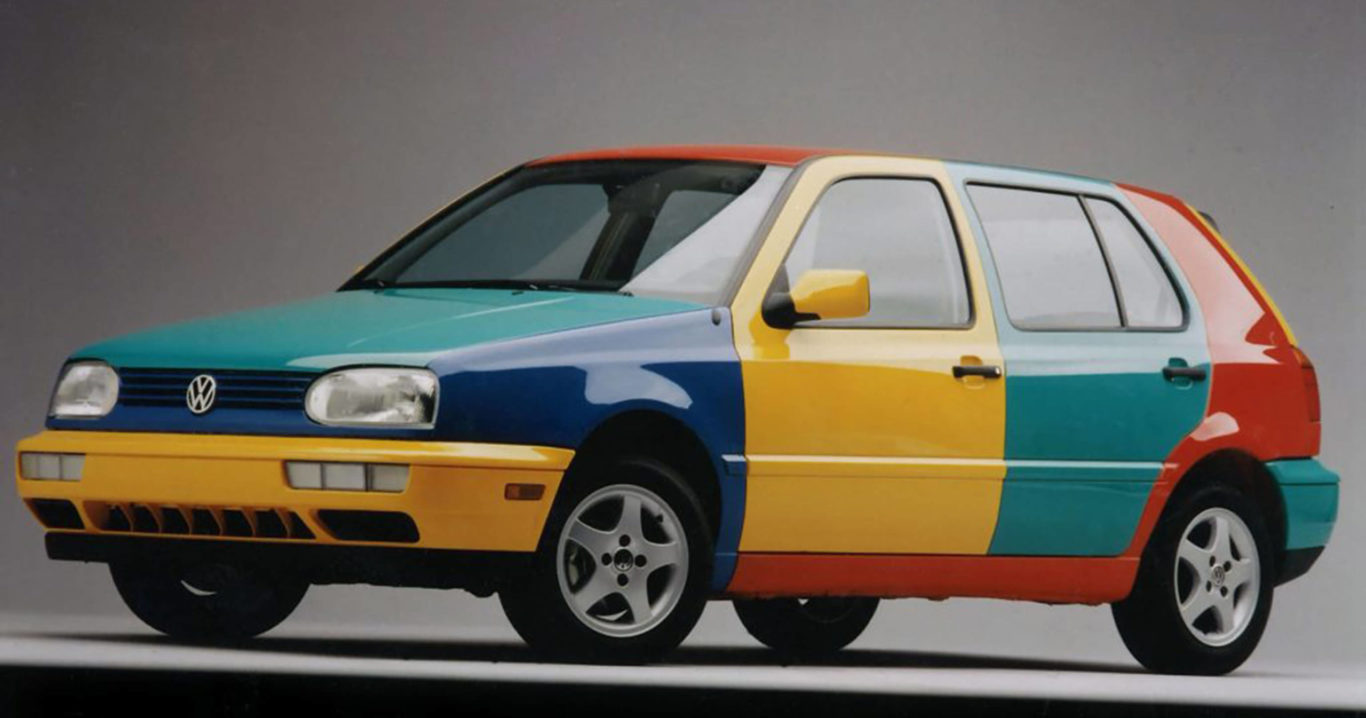
Do All Colours Fade the Same?
And what should you do if yours is faded?
Even though it seems like some vehicle paint colours fade faster than others, most notably red or black, there is no scientific evidence to suggest that any particular colours will fade quicker than others. It really just depends on how long the paint on a vehicle will last before it begins to fade. The main reason for the notion of certain colours being less stable is based on how our eyes respond to certain colours on the spectrum. White vehicle paint fades at the same rate as black and red colours, but white has no ‘pigment’ and therefore it is not as noticeable.
Once upon a time
Up until the early 1980s most cars where painted in enamel. This method involved a fairly hard coating of paint. This paint was thick enough that some aggressive power buffing could dig down to a fresh layer of paint to recreate a deep shine.
After that point in time the painting process evolved. Now cars are painted in a process that uses a base coat and a clear coat. The job is a sandwich of two paints, first comes the colour coats which are then topped with a clear protective layer. This results in a durable paint job that has a superior shine and depth to it.
This type of paint needs to be polished very differently than the old enamel method. Now we can only use clear coat compounds and polishes that are very mild and non-gritty products. The goal of these new products is to gently polish and restore the top clear paint without digging deep down to a lower layer.
What causes old paint to fade?
There are a handful of factors that can cause paint to fade, all of which result in a breakdown of the pigment layer through corrosion, friction, or UV light:
- Storage: Where you park your vehicle over night will have an impact on the longevity of the paint work. If your car is parked outside it becomes susceptible to weather conditions, both extremely hot and cold. If your car is kept in a garage every night and left there until needed, the weather will have less of an impact on the life quality of the paintwork.
- Climate: Salty and coastal areas can cause damage to the paint work on a car. Snow can damage a car and sunny climates can fade the car paint quicker owing to the extensive exposure to UV rays. Acidic pollutants are corrosive to a car and cars kept in heavy industrialized areas are vulnerable to nitric acid and air borne chemicals that damage the paint on vehicles.
- Care: How you care for your car is a vital component to the lifecycle of the paint. If you wax and polish your car every week with a protective wax coating, it will be help keep the UV rays from ruining the paintwork on your car. Taking it through a car wash which has great heavy brushes will actually cause more damage to the paintwork surface by leaving minute scars and scuffs on it. For ultimate UV protection, you could also consider a ceramic coating. These cover every inch of your car, and are UV protective, helping your paint maintain its lustre.
What can I do about faded paint?
There are a few options at your disposal. You can go with something like an exterior detail including a cut polish. This takes the oxidation out of your clear coat and brings it back to a showroom shine. If your clear coat is damaged, you may need to reapply paint and clear coat. This can be done with a hood or trunk respray, or a front or rear quarter panel repair. We are able to match any paint ever manufactured, and the only thing that CAN’T be matched is the blending skills of our paint team. Repairs are invisible to the naked eye and look just like they came from the factory.
Having a problem with your faded vehicle? Give us a shout, we would love to talk to you about your options.